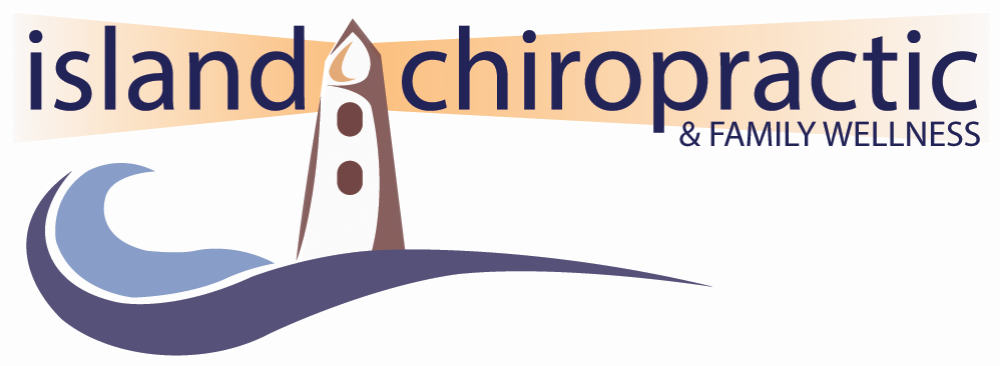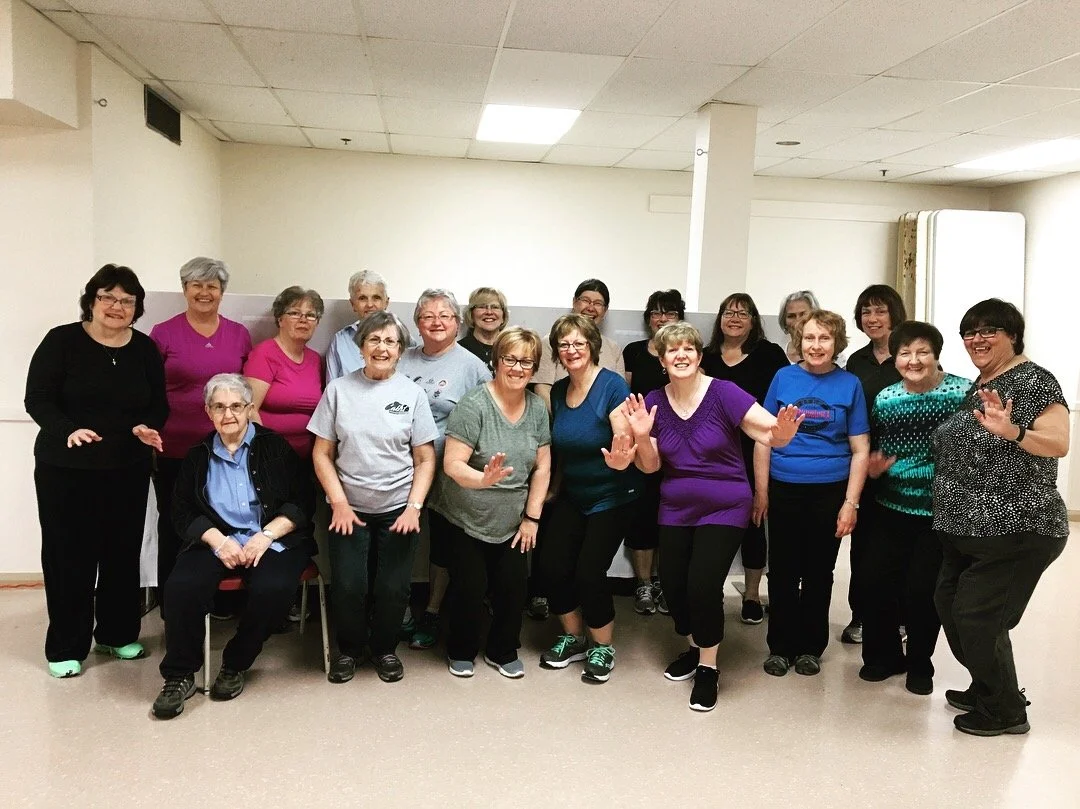Learn how small changes can create big improvements in your life! Ask questions, get expert guidance and leave feeling empowered. Bring a friend, wellness is better together.
New year's resolutions are bad for you
Hormones, Immune system and exercise
When you exercise, your body does a lot more than move muscles — it launches a full-body response to stress. This reaction can be explained by something called the General Adaptation Syndrome, first described by scientist Hans Selye. He showed that when your body faces any kind of stress — whether it’s from…
Heart failure risk linked to common pain killer
Welcome RMT Amber McNicol
Muscle Relaxants and Seniors: What You Should Know About Injury Risk
Muscle relaxants are medicines used to treat pain, tight muscles, or spasms. Common ones include baclofen, tizanidine, and cyclobenzaprine. As a chiropractor, I recommend speaking with your doctor or pharmacist for more details about these medications. Ask them about the study I am discussing below.
Back to school tips from your Chiropractor
As summer winds down and backpacks come back out, many families are preparing for the busy school year ahead. While new shoes, sharpened pencils, and healthy lunches are often top of mind, your child’s physical health — especially their spine and posture — deserves just as much attention. As chiropractors, we see many school-related aches and pains that could have been prevented with just a few simple habits. Here are our top back-to-school tips:
Staying strong, mobile and energized!
Staying active is one of the best things you can do for your health at any age—but especially after 55. Regular exercise supports mobility, balance, strength, heart health, and overall energy, while also helping to reduce aches, stiffness, and injury risk. That’s why we’re excited to offer a variety of fitness classes designed specifically for adults 55+, no matter your experience level. Whether you’re looking to build strength, improve flexibility, or simply move your body in a supportive environment, we’ve got something for you!
Why hip and knee pain increases with age - even if you stay active
Headaches
Why exercise makes you feel better
Sitting and Lifespan
The (subtle, but real risk of sitting)
Managing Hip and Knee pain
Why protein is such a hot topic (and what you really need to know)
If there’s one word that keeps showing up in wellness blogs, fitness videos, and food labels alike, it’s protein. Whether you’re trying to build muscle, lose weight, recover from an injury, or just feel more energized—protein seems to be the go-to solution. But why exactly is protein such a hot topic these days? Let’s unpack what’s fueling the protein buzz—and what you actually need to know about it.
Adding protein in your day
Starbucks egg bite knock off
Spring veggie pasta salad
Spring Veggie Pasta Salad
Ingredients:
8 oz (about 2 cups) pasta (penne, rotini, or bow ties)
1 cup cherry tomatoes, halved
1 cup asparagus, cut into 1-inch pieces
1/2 cup fresh peas (or frozen, thawed)
1/4 cup red onion, thinly sliced
1/4 cup crumbled feta cheese (optional)
5 spring basil leaves chopped
2 tablespoons fresh lemon juice
2 tablespoons olive oil
1 teaspoon Dijon mustard
Salt and pepper to taste
Fresh herbs (basil, parsley, or dill), chopped
Instructions:
Cook the pasta according to package directions. Add asparagus during the last 2 minutes of cooking. Drain and rinse under cold water.
In a large bowl, combine pasta, asparagus, tomatoes, peas, red onion and basil
In a small bowl, whisk together lemon juice, olive oil, mustard, salt, and pepper.
Pour dressing over salad and toss to combine.
Top with feta and fresh herbs. Serve chilled or at room temperature.
Avoiding pain during spring gardening
As the weather warms up and gardens come to life, many people dive into outdoor projects with enthusiasm—but also with a higher risk of pain and injury. Gardening, while therapeutic and rewarding, involves repetitive movements, bending, lifting, and prolonged postures that can strain the musculoskeletal system. Fortunately, with proper preparation and body mechanics, you can enjoy gardening without paying the price in back, neck, or joint pain.



















